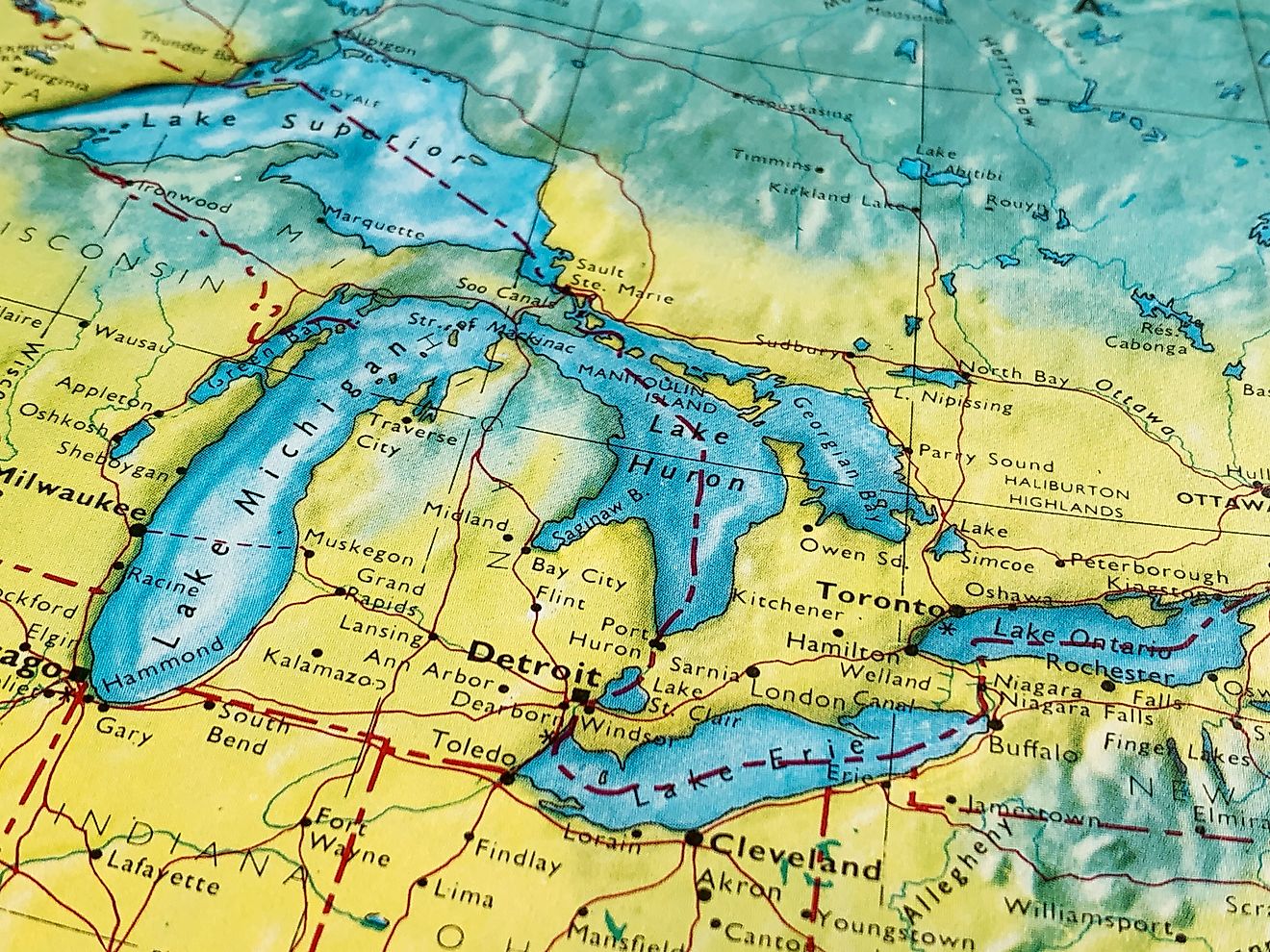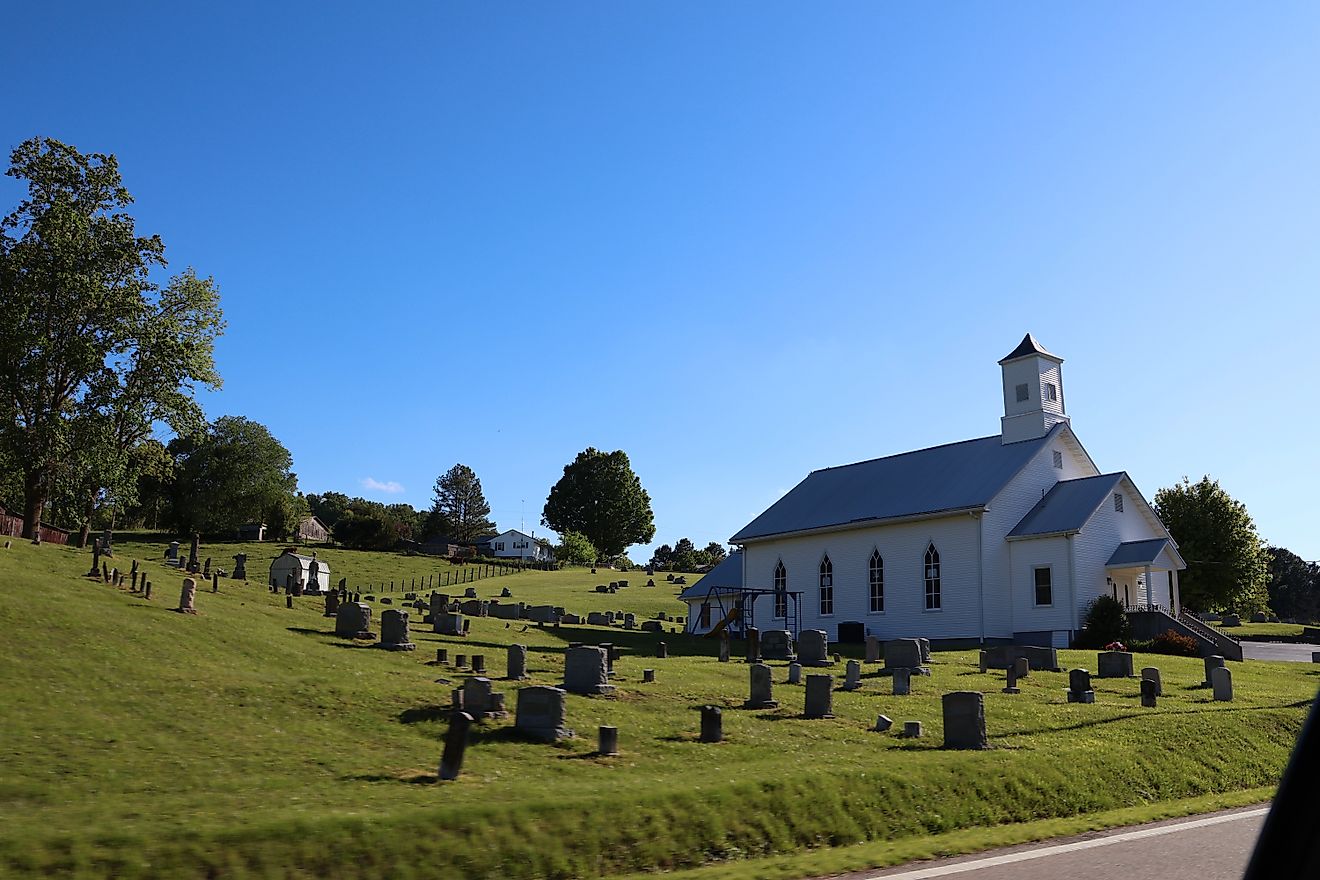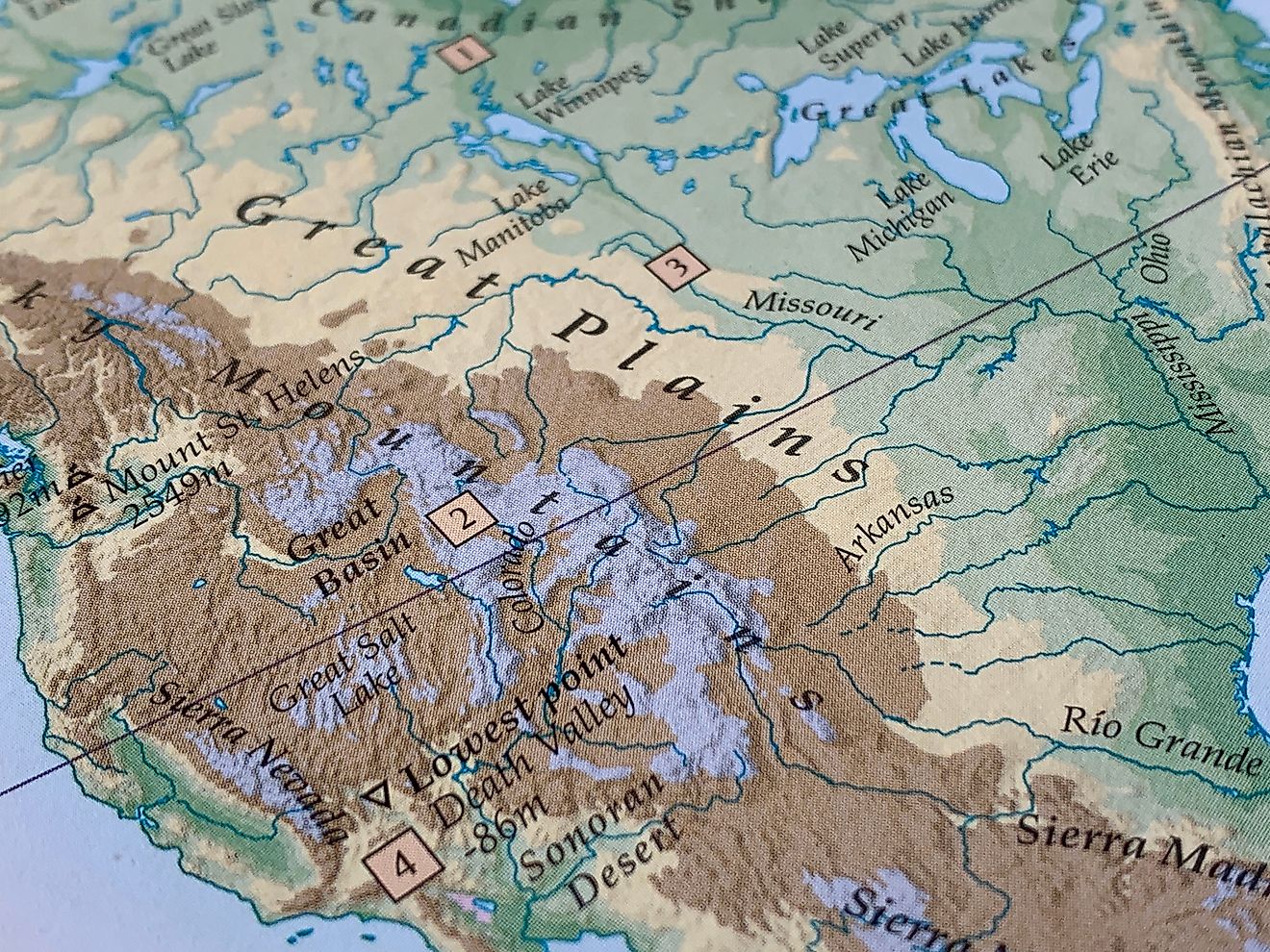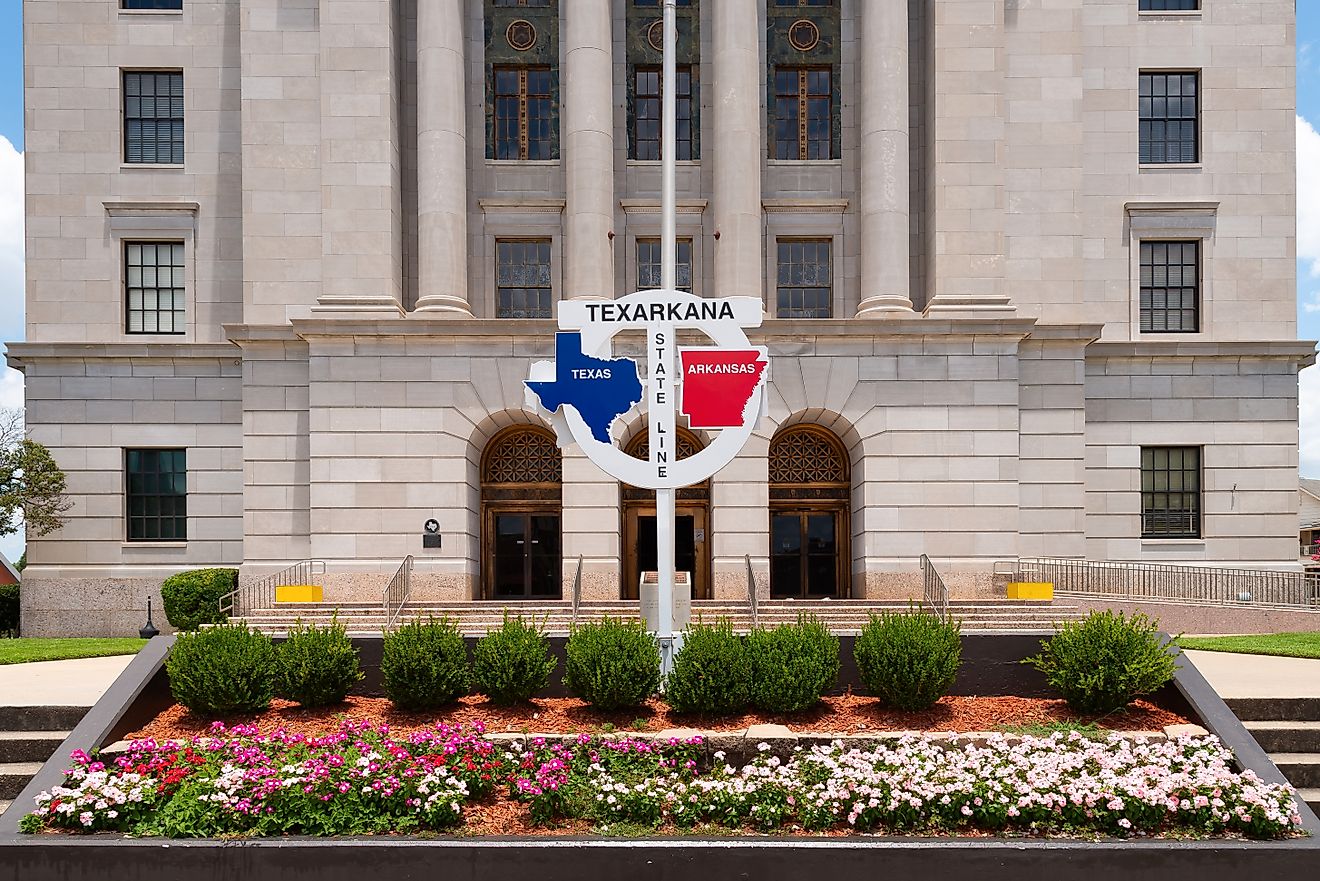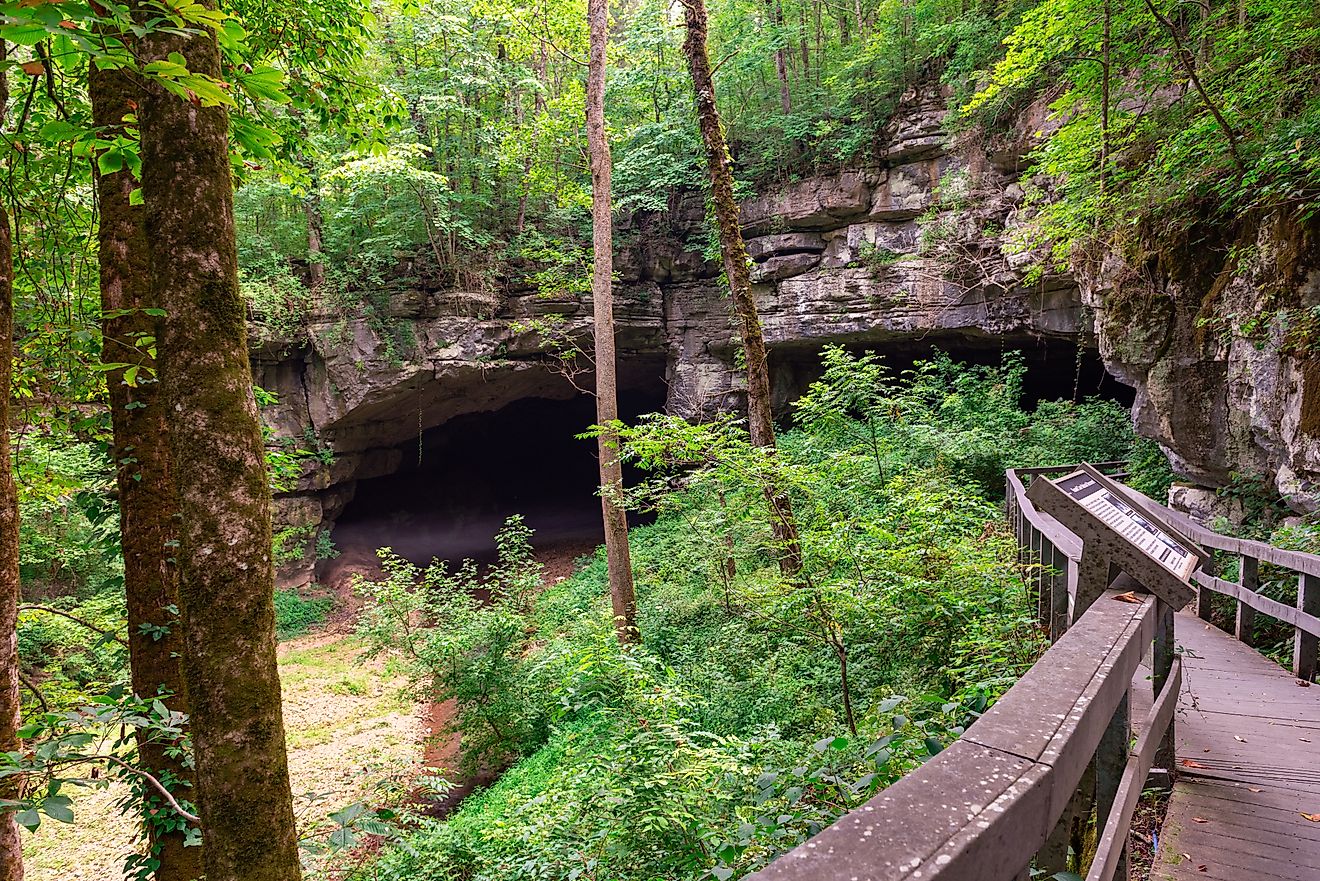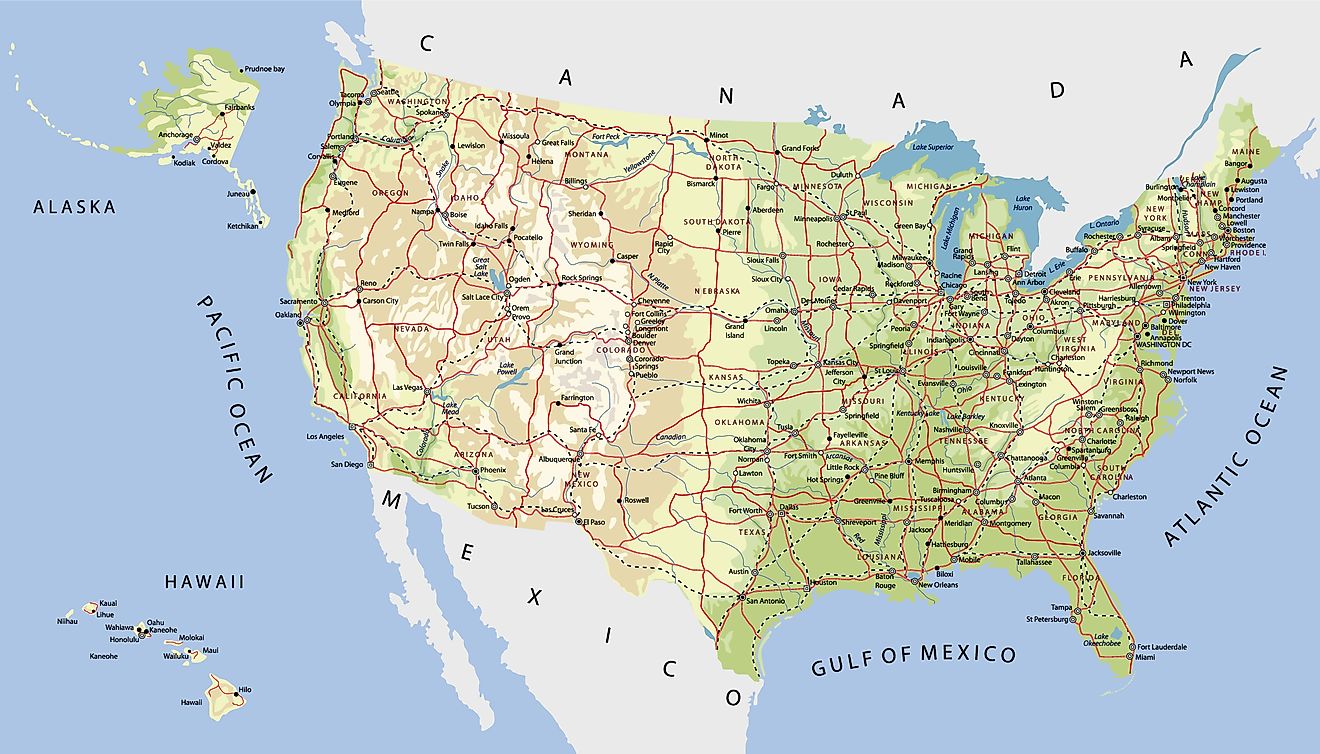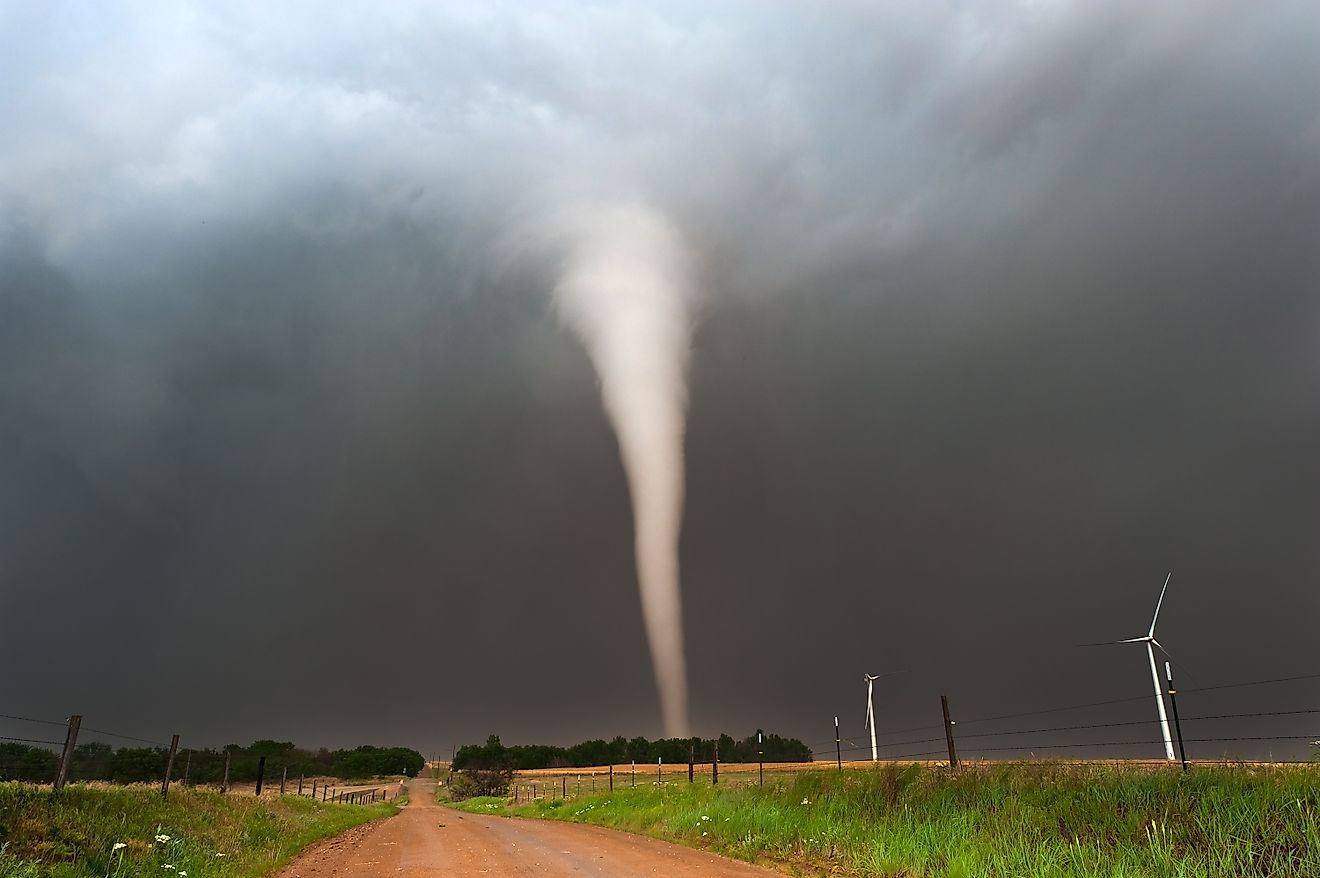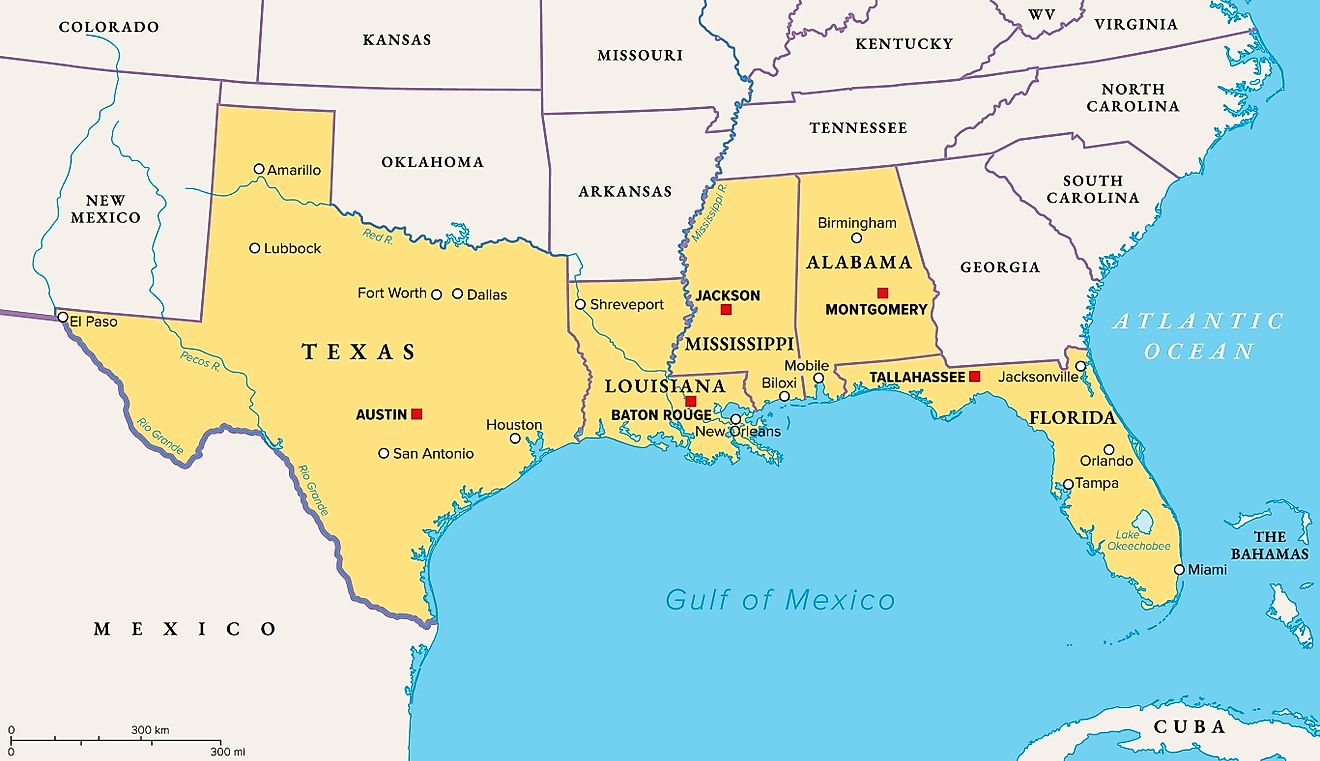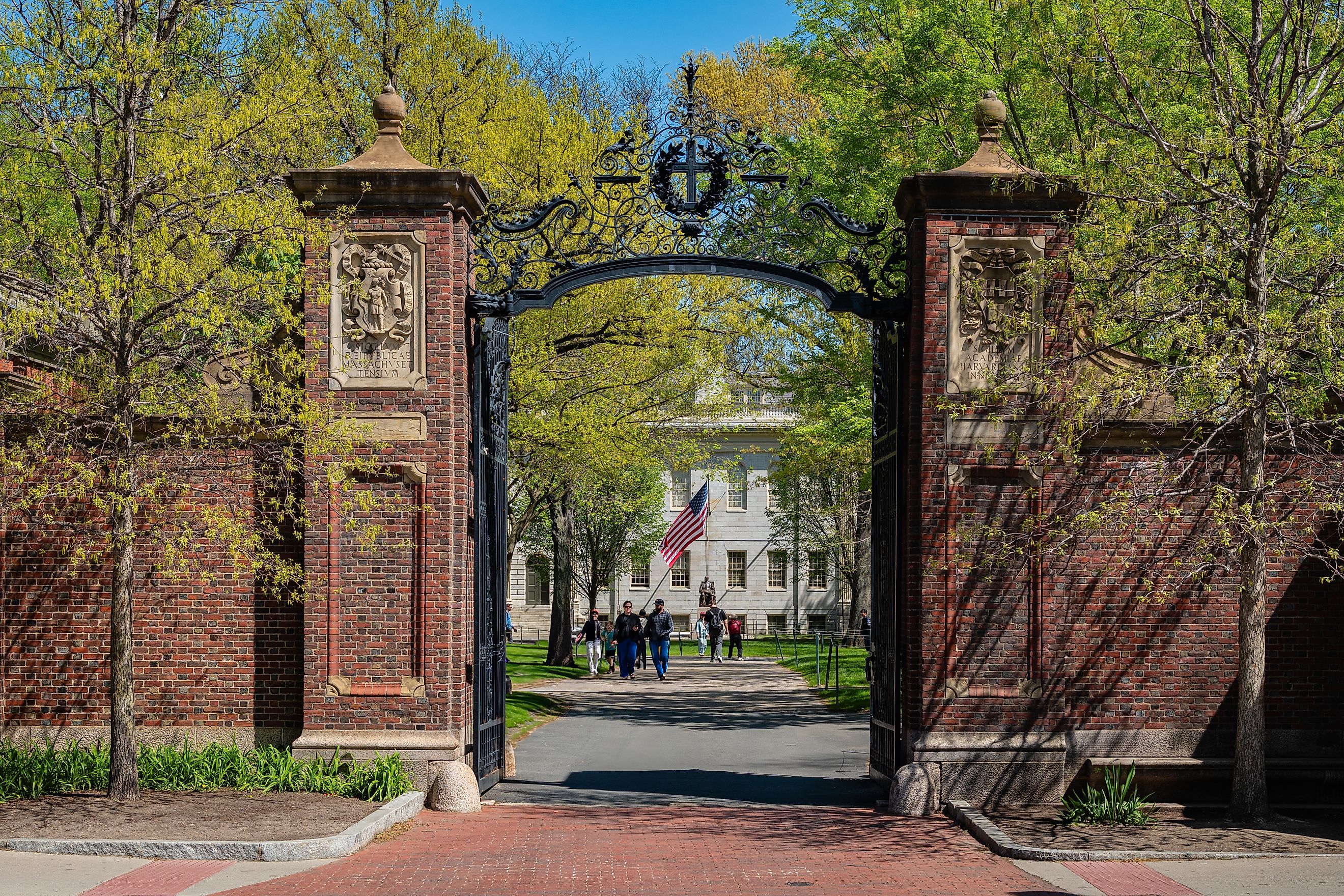
The Oldest Colleges in The United States
Before the founding of the United States, education was already taking root across the colonies. Long before the drafting of the Constitution or the Declaration of Independence, settlers were building schools that would educate future ministers, magistrates, and leaders. These early colleges reflected the priorities of their time, often with strong religious foundations and a desire to train a class of literate, morally guided citizens.
The seven oldest colleges in the United States all trace their origins to the 17th and 18th centuries. While their purposes have evolved, these institutions remain at the heart of American higher education, with deep legacies that span wars, revolutions, and cultural shifts.
Harvard University: Founded in 1636
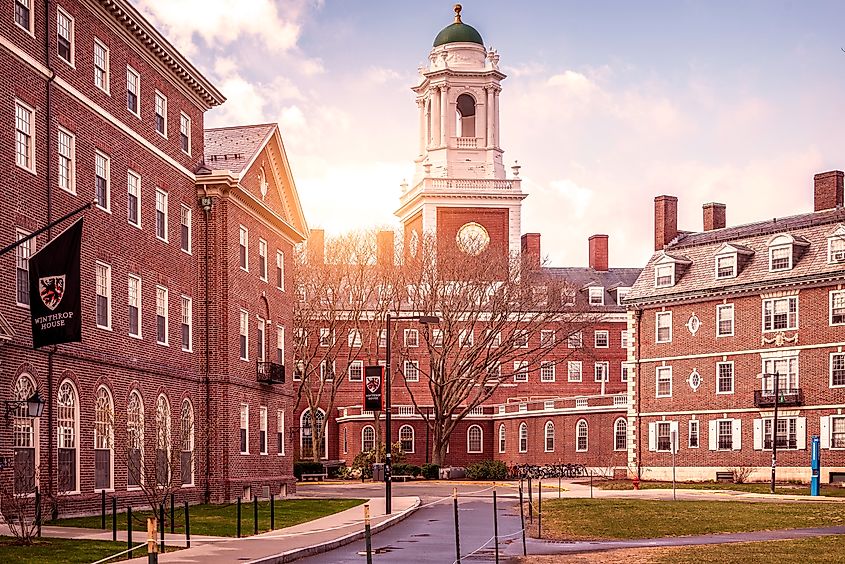
Location: Cambridge, Massachusetts
Harvard University was established in 1636 by vote of the Great and General Court of the Massachusetts Bay Colony. It holds the distinction of being the first institution of higher education in what would become the United States. Just two years later, the young college was named after John Harvard, a minister who bequeathed his library and half of his estate to the school upon his death.
Harvard's initial mission was to train Puritan ministers and ensure that the colony had an educated clergy. Classes began in the home of the first headmaster before a building was constructed in Cambridge. Over time, Harvard expanded its curriculum beyond theology to include law, medicine, philosophy, and science. It became the model for future American colleges and remains a global leader in research and education.
College of William and Mary: Founded in 1693
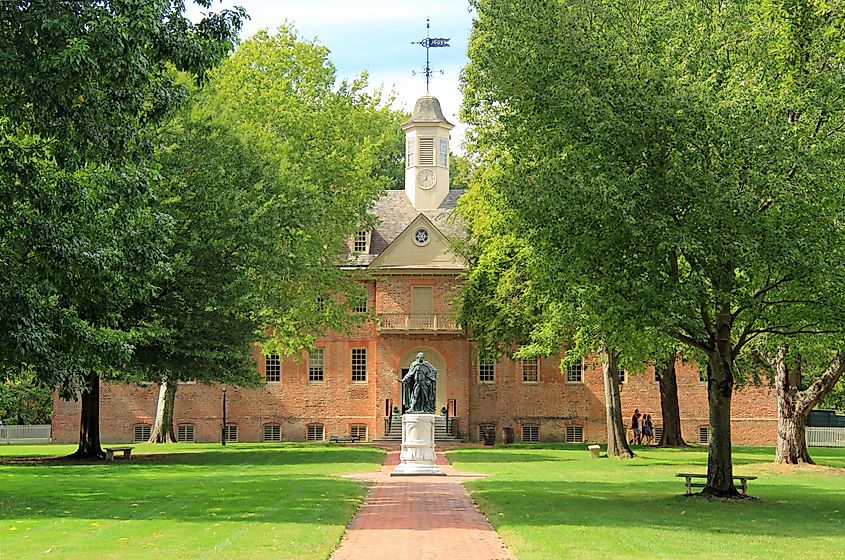
Location: Williamsburg, Virginia
Founded in 1693 by royal charter issued by King William III and Queen Mary II, the College of William and Mary is the second-oldest college in the United States. It was created to prepare Anglican clergy and government officials to serve in the Virginia Colony, the largest and most populous colony at the time.
The college was heavily influenced by English academic traditions and was modeled after institutions such as Oxford and Cambridge. It quickly became a political and intellectual hub in the South. In the 18th century, it launched the first American law school and introduced an elective system of study. William and Mary educated several Founding Fathers, including three US Presidents: Thomas Jefferson, James Monroe, and John Tyler.
Yale University: Founded in 1701
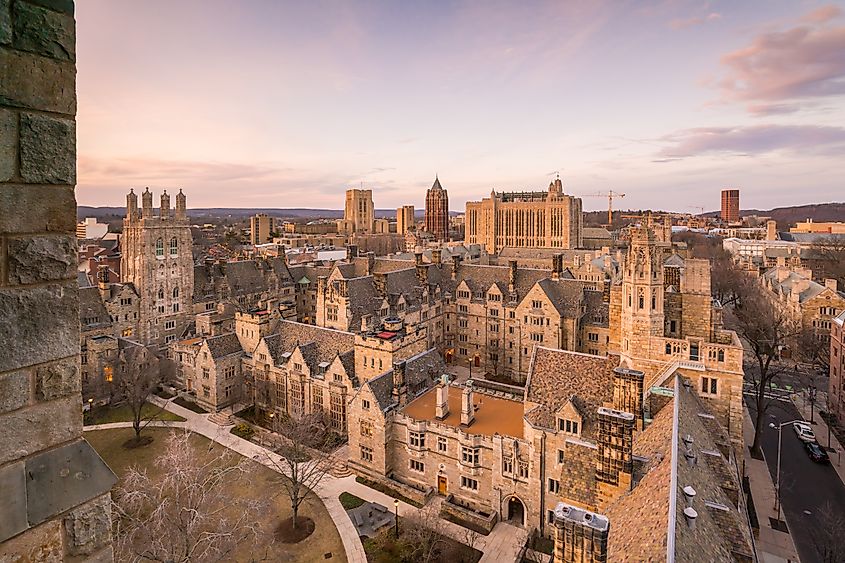
Location: New Haven, Connecticut
Yale University began in 1701 as the Collegiate School, chartered by the Connecticut General Assembly to train young men for religious leadership in the Puritan tradition. A group of ministers pooled their books to form the school's first library. The institution later moved to New Haven in 1718 and was renamed Yale College in honor of Elihu Yale, a British merchant who made a substantial donation of books and goods.
In its early years, Yale focused heavily on theology and classical studies. Its curriculum mirrored that of European institutions and placed a strong emphasis on religious instruction. Over time, Yale broadened its academic offerings and evolved into a major research university. It is now a member of the Ivy League and internationally recognized for its contributions to literature, politics, science, and the arts.
Princeton University: Founded in 1746
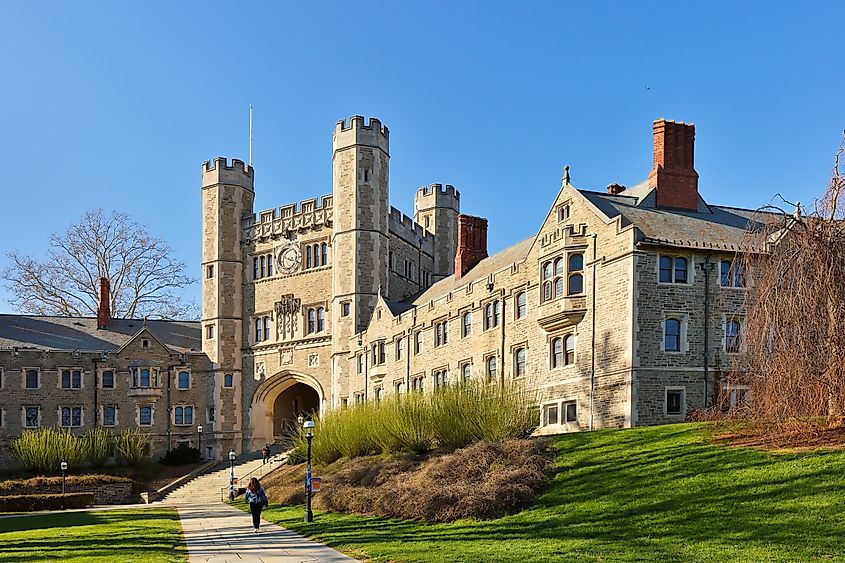
Location: Princeton, New Jersey
Princeton University was originally chartered in 1746 as the College of New Jersey. It was founded by leaders of the New Light Presbyterians during the Great Awakening, a religious revival movement that swept through the American colonies. Its goal was to train ministers who embraced revivalist theology, in contrast to the more conservative education provided by Harvard and Yale at the time.
The college moved to its current location in Princeton in 1756. Nassau Hall, its first building, was the largest academic structure in the colonies and served briefly as the US Capitol in 1783. The institution officially became Princeton University in 1896. Although it began as a religious college, Princeton grew into a major center for the humanities, public affairs, and the natural sciences. It maintains a strong focus on undergraduate education to this day.
Columbia University: Founded in 1754
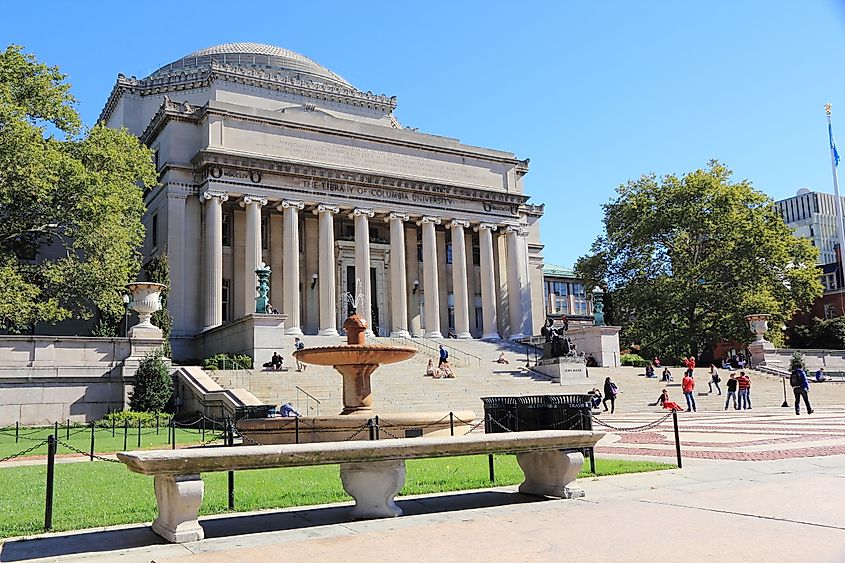
Location: New York, New York
Columbia University traces its origins to 1754 when it was established as King's College by royal charter of King George II of England. Located in Lower Manhattan, it was the first college founded in New York Province and was intended to provide a Church of England education to young men in the colony.
The college suspended operations during the Revolutionary War but reopened in 1784 under the name Columbia College. The renaming reflected the shift away from its royal associations toward a more national identity. Columbia eventually expanded into a university, relocating to Morningside Heights in the late 19th century. It became a pioneer in American journalism, public health, and urban studies, and it is now a prominent Ivy League institution with a global footprint.
University of Pennsylvania: Founded in 1740, Chartered in 1755
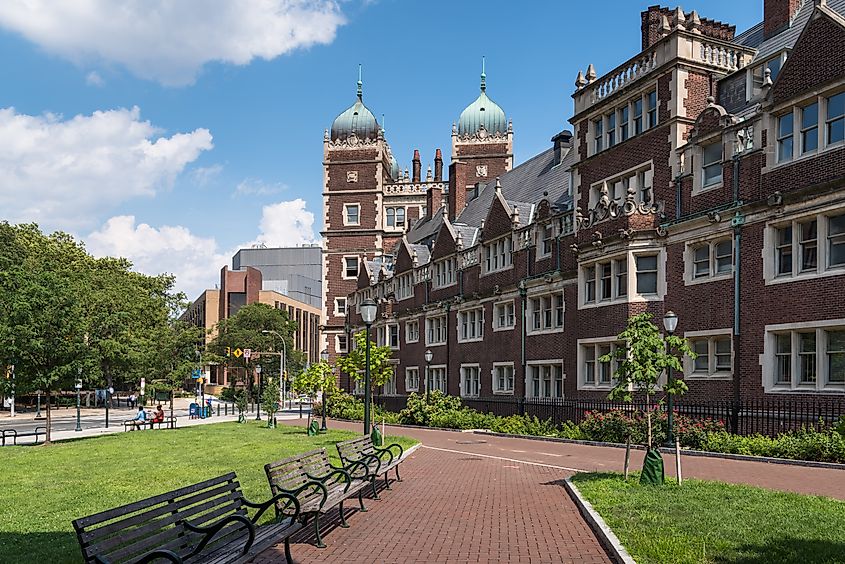
Location: Philadelphia, Pennsylvania
Although the University of Pennsylvania was officially chartered in 1755, its origins date back to 1740 when a preacher named George Whitefield founded a charity school and meetinghouse in Philadelphia. Benjamin Franklin, one of the city’s most prominent citizens, saw the potential for a nonsectarian institution and proposed an educational model that emphasized practical knowledge in addition to classical learning.
Franklin's vision became a reality with the creation of the Academy and College of Philadelphia, which would eventually become the University of Pennsylvania. It holds the distinction of being the first American institution to use the term "university" and was home to the nation’s first medical school. Penn’s early emphasis on secular education set it apart from its peers and helped lay the groundwork for modern liberal arts education in America.
Brown University: Founded in 1764
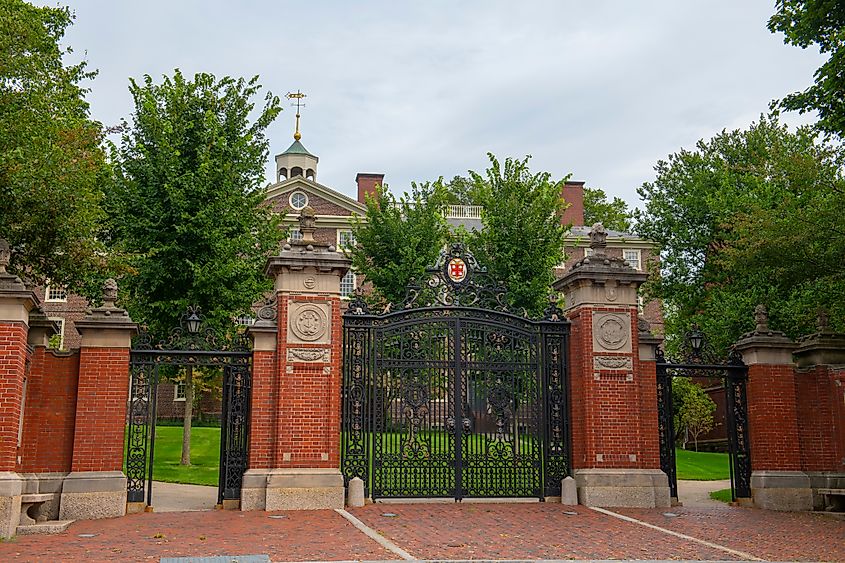
Location: Providence, Rhode Island
Brown University was founded in 1764 as the College in the English Colony of Rhode Island and Providence Plantations. It was the first college in the country to accept students regardless of religious affiliation, a reflection of Rhode Island’s deep commitment to religious tolerance and freedom.
The college was originally located in Warren, Rhode Island, before moving to Providence in 1770. Brown’s founding was closely tied to the Baptist Church, although it maintained a nonsectarian policy from the start. The university gained a reputation for academic innovation and open inquiry, which continues today with its open curriculum that allows undergraduates to design their own course of study.
Brown became a member of the Ivy League and is now recognized for its focus on undergraduate teaching, as well as its strong programs in the humanities, social sciences, and creative arts.
A Legacy That Still Shapes Higher Education
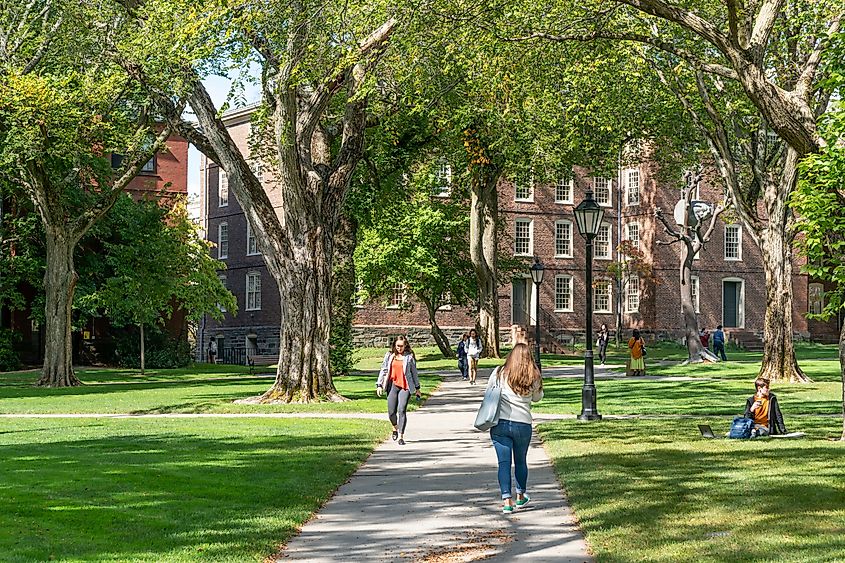
The oldest colleges in the United States began with limited resources, modest student bodies, and a clear sense of mission. Most were religious in origin and sought to educate ministers or civic leaders. Over the centuries, they have grown into some of the most respected and influential institutions in the world.
These colleges have withstood wars, political upheaval, and sweeping cultural change. They have helped shape every facet of American society, from science and literature to politics and public service. Though their campuses have expanded and their student populations diversified, the historical foundations of these institutions remain a core part of their identity.
Summary: The 7 Oldest Colleges in The United States
| College | Year Founded | Location | Original Purpose |
|---|---|---|---|
| Harvard University | 1636 | Cambridge, MA | Train Puritan clergy and civic leaders |
| College of William and Mary | 1693 | Williamsburg, VA | Educate Anglican ministers and officials |
| Yale University | 1701 | New Haven, CT | Prepare ministers for the Congregational Church |
| Princeton University | 1746 | Princeton, NJ | Educate Presbyterian clergy and scholars |
| Columbia University | 1754 | New York, NY | Provide Church of England education |
| University of Pennsylvania | 1740 (1755 charter) | Philadelphia, PA | Offer secular and practical education |
| Brown University | 1764 | Providence, RI | Educate students of all faiths |
